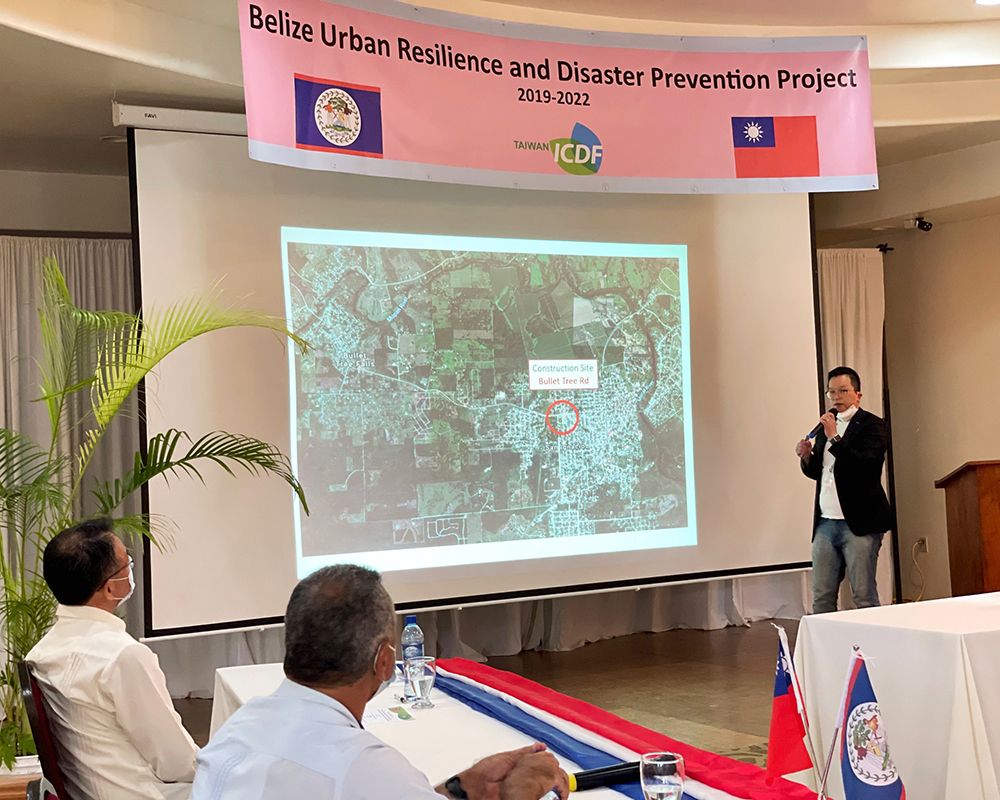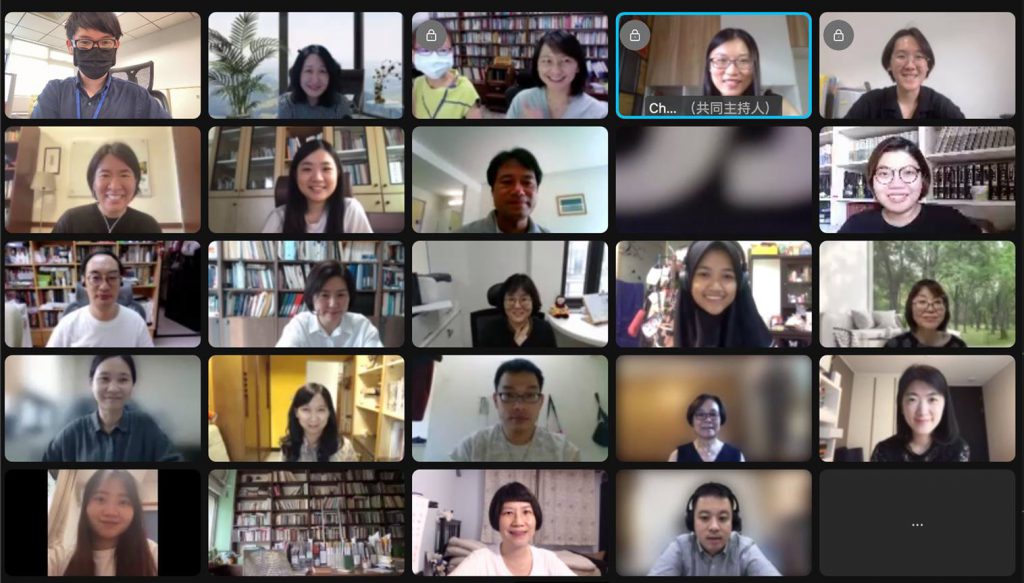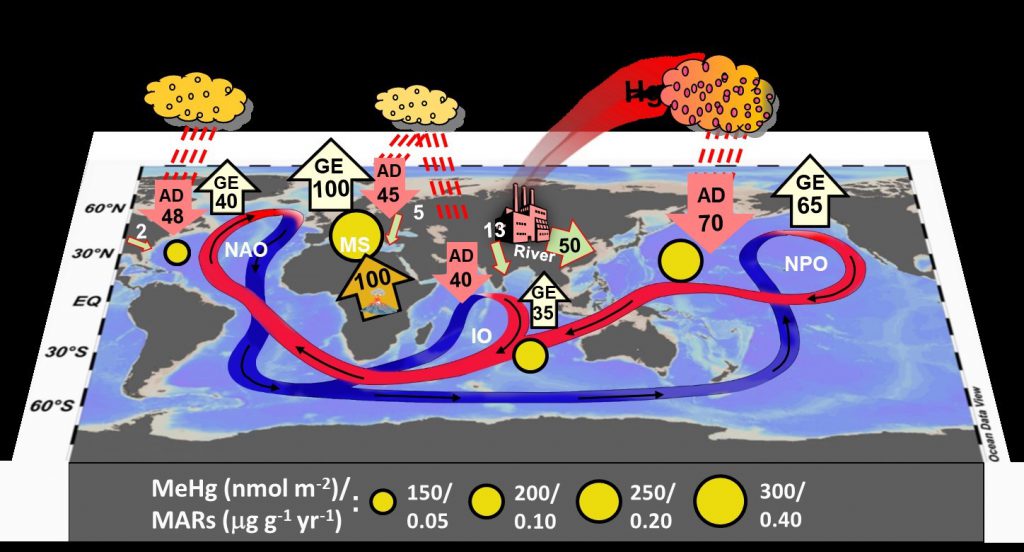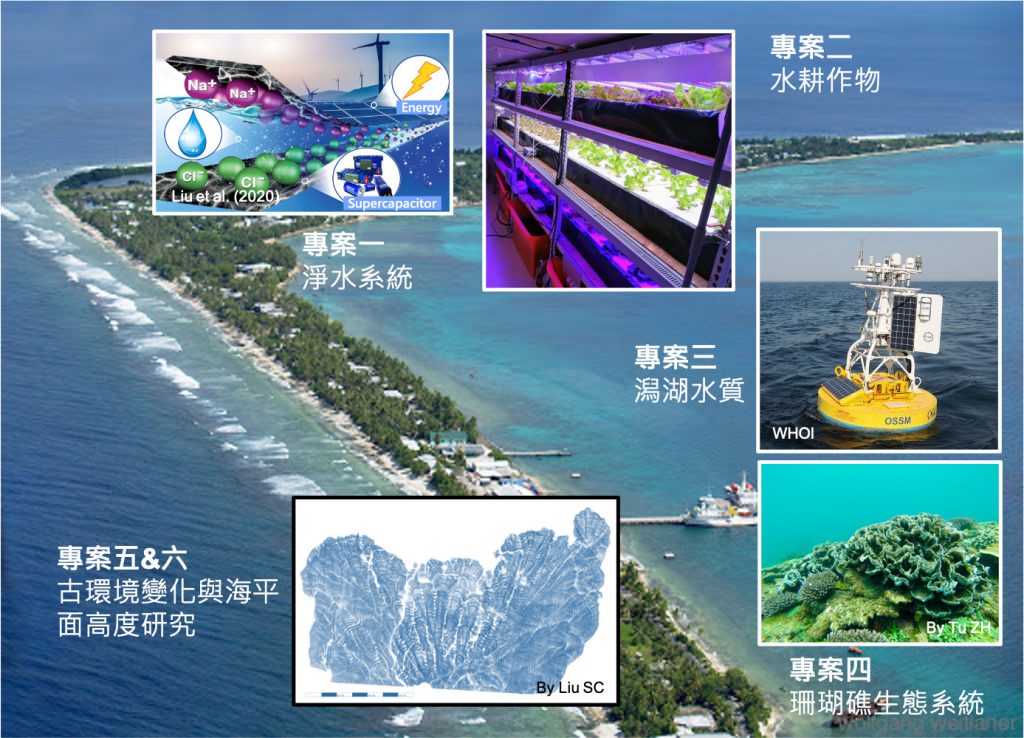(SDG 2, SDG 3, SDG 6, SDG 17) NTU helped Tuvalu deal with the threats of climate change. The NTU team developed a decentralized solar driven waste water system. Effectively solving the basic needs, including food shortages and public health issues, to ensure the health of the Tuvalu residents.
(SDG 9, SDG 11, SDG 13) NTU and the International Cooperation and Development Fund (ICDF) launched the Belize Urban Resilience and Disaster Prevention (BURDP) Project since 2020 to help Belize improve its capacity for climate problems.

(SDG 10) Asian Migration Workshop
NTU’s Global Asia Research Center co-hosted the online “Asian Migration Workshop” with Seoul National University Asia Center in July 2021. The event invited scholars from Taiwan, Korea, Japan, and Singapore to exchange research results on international migration in Asia, including marriage migration, migrant workers, and the impacts of COVID-19 on migration. They examined marriage migration from the perspectives of government policies, development, tourism, and labor market. As for migrant workers, they compared the recruitment systems of foreign care workers in Taiwan and Japan. The workshop discussed the subjective experiences, life paths, and social networks of migrants that migrated for various reasons. They also talked about the policies of the home countries and destination countries in a critical way and reviewed the impacts of COVID-19 on migration, presenting a rich tapestry of trends and theories in migration studies in Asia.

(SDG 3, SDG 14) Exploring Global Pollution and Cycling Mercury Using Ocean Migratory Fish
Taiwan is surrounded by the ocean and blessed with bountiful marine resources. However, migratory fishes that are of higher economic value are faced with multiple challenges, such as overfishing, near depletion, ocean pollution, and higher content of pollutants (e.g. mercury). NTU’s Professors Chun-Mao Tseng and Jen Chieh Shiao from the Institute of Oceanography worked with U.S. partners and formed a joint research team (hereinafter referred to Team Hg). They developed a new way to examine global patterns in the cycling and pollution of Hg across the world’s oceans.
Team Hg used bluefin tuna, a.k.a. BFT, as an environmental bio-indicator for this study. BFT is an apex predatory and long-lived pelagic fish that migrates widely in the oceans and forages in different ranges of timing and locations. So, the source of Hg in the BFT can be inferred from the ocean basin where they live. In addition, a considerable amount of methylmercury (MeHg) was found in the BFT and the concentrations would increase with age. Hence, Team Hg developed a standard basis of comparison to examine the tendencies of mercury pollution and trophic transfer, and it’s called “mercury accumulation rate” (MAR), defined as a change in muscle Hg concentration per unit change in age. The MAR in BFT as a global pollution index can reveal spatiotemporal patterns of Hg pollution and bioavailability in the world’s oceans. Results of the study were published in the prestigious journal Proceedings of the National Academy of Sciences (PNAS) in September They are expected to significantly improve the evolution and model validation of global ocean Hg pollution and lead new directions in marine fish-Hg-environmental pollution research. Moreover, they would
also provide important information for fishery management and food safety.

